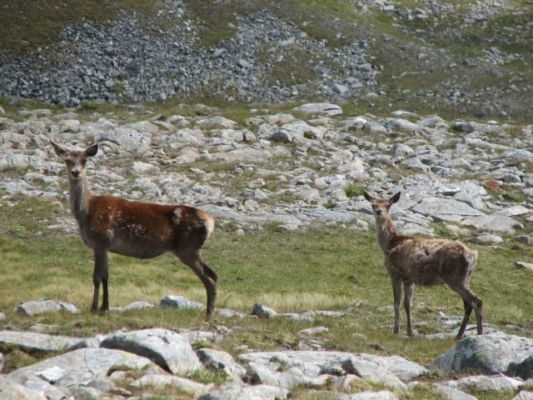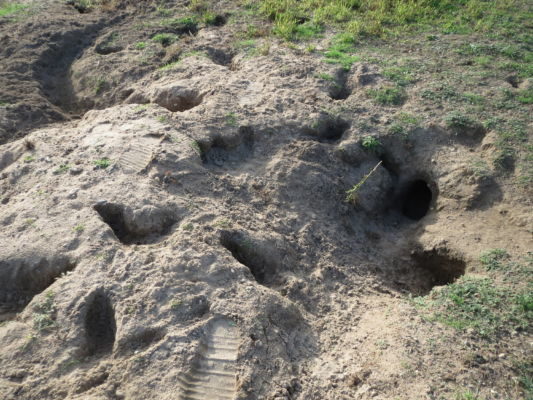Those with the most passionate and strongly held views tend to have the loudest voices in public forums – but do they represent what most people think? Or do the strident calls of a few distort our perception of public opinion relating to an issue?
A paper published in 2014 examines New Zealand attitudes toward control of non-native wild and feral mammals and makes interesting reading. M.J. Farnworth, H. Watson N.J. Adams surveyed the views of three groups of respondents in their study: conservationists, animal protectionists and the ‘general public’ and assessed the similarities and differences in their views.

Attitudes towards the control of eight mammal species were assessed: brushtail possums (Trichosurus vulpecular), cats (Felis catus), rabbits (Oryctolagus cuniculus), deer (Cervus spp.), horses (Equus caballus), rats (Rattus spp.), stoats (Mustela erminea), and dogs (Canis familiaris). Grouping our seven species of deer together and three species of rat, was taken to simplify the questionnaire and because the general public might have little awareness of differences between the individual species.
The gender of the respondent was also included in the analysis as previous research has shown there are often differences in attitudes to animals between men and women. It is reported that women frequently have more empathy and a less pragmatic attitude. Animal protectionist groups (in overseas studies), have also been shown to have a gender bias towards more women members.
A total of 450 surveys were distributed (150 to each of the three target groups) – of which a total of 263 were returned. Attitudes towards control and pest status of the animals were assessed, along with the preferred method of control for each mammal pest.

For all three respondent groups, the four animals with the highest pest ratings were the same
– rats, stoats, possums, and rabbits – reflecting the large amount of damage done by these species to both the natural environment and our agricultural economy.
“Conservationists routinely rated all animal groups as more severe pests than the general public or animal protectionists, who provided the lowest scores. Conservationists were 5.7 more likely to prefer a lethal method of control than protectionists and 2.6 times more likely to prefer a lethal method of control than the general public. For all 3 groups an increase in pest score for a given animal saw a decline in importance placed upon the animal’s welfare. This relationship was strong for the general public but weak for conservationists and animal protectionists.”
This research paper is published in the Journal of Applied Animal Welfare Science where it is available for purchase. The full paper can also be read (free of charge) through Researchgate:

